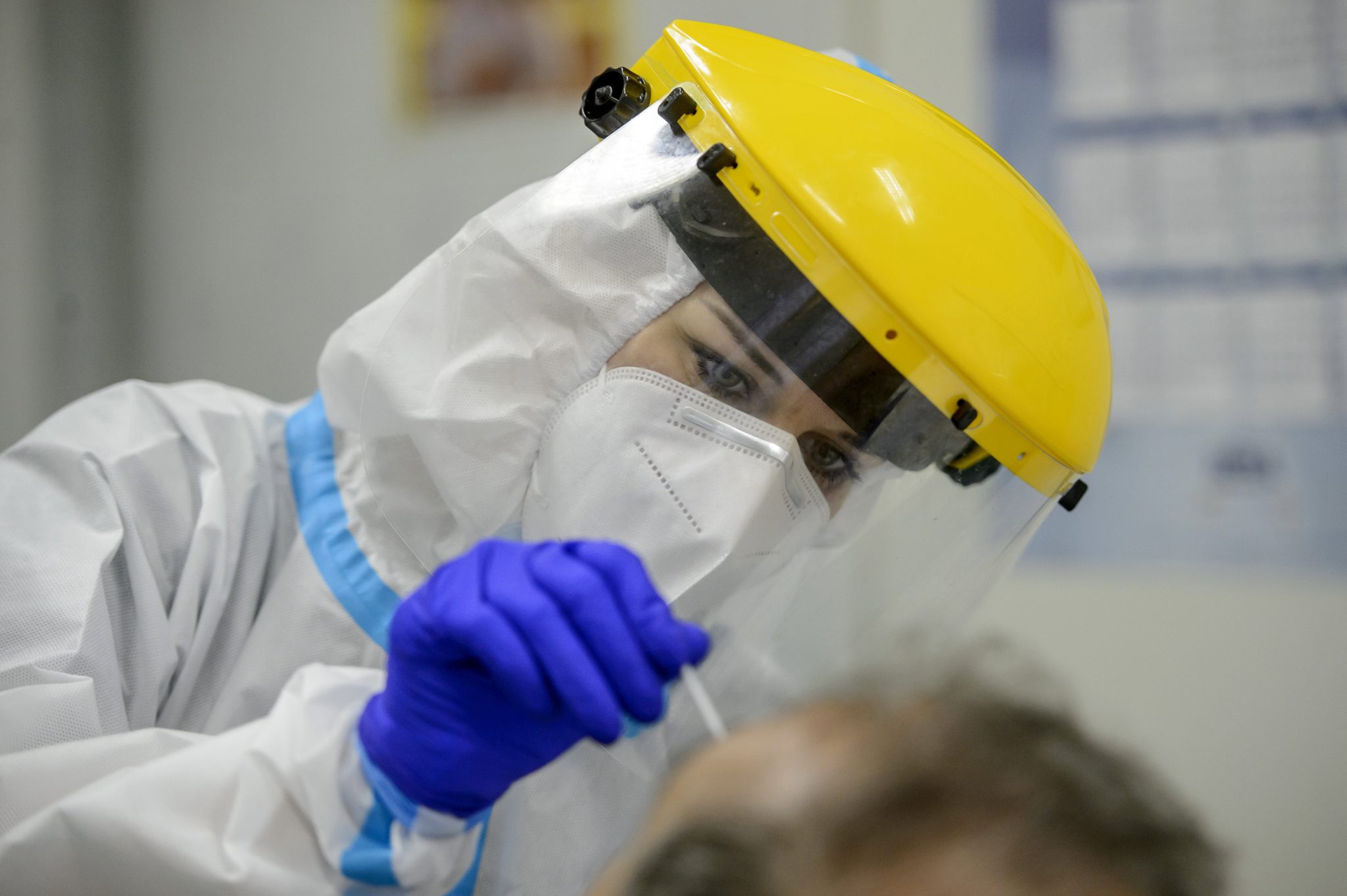
The number of active infections stands at 37,448, while hospitals are caring for 742 Covid-19 patients, 21 of whom are intubated on a ventilator.Continue reading

Monkeypox, originally “native” to Africa, has already appeared in neighboring Austria. Although there are no known cases in Hungary, several Hungarian experts have been consulted on the issue. János Szlávik, senior infectologist at South Pest Center Hospital told Mandiner, “Since most monkeypox patients did not contract the disease during a trip to Africa, the infection is concerning.”
This article was originally published on our sister-site, Ungarn Heute.
On Sunday, the first suspected case of monkeypox in Austria was confirmed in Vienna: a 35-year-old man was admitted to hospital with typical symptoms of the disease, reports orf.at.
A spokeswoman for the Vienna Health Association (WiGev), Nina Brenner-Küng, said Sunday: “He is doing well so far, he is stable. He has skin lesions, he has mild flu symptoms.”
The 35-year-old man was taken by ambulance to the hospital in Favoriten on Sunday night. This is considered the first port of call for cases of infection. The man exhibited typical symptoms that suggested the suspicion of monkeypox, such as a slight fever and pustules on the face. The suspicion of monkeypox had already arisen in the ambulance, which is why he had come to the infectious diseases department.
His contacts are now retroactively vaccinated against smallpox. This is called “lockdown vaccination.”
The disease, which occurs in West and Central Africa, appeared in Europe at the beginning of May in a patient who had returned from Nigeria shortly before. Since then, the disease has spread throughout Europe, and then on Sunday, the infected patient mentioned above was discovered in Vienna. So far, more than 100 confirmed or suspected cases have been reported, most of them in Europe: in Germany, the UK, Spain, Portugal, Belgium, Italy, Greece, and Norway, and cases have also been reported outside Europe, including in Canada and the US.
János Szlávik, senior infectologist at South Pest Center Hospital told Mandiner, “Since most monkeypox patients did not contract the disease during a trip to Africa, the infection is concerning.”
Szlávik recalled that monkeypox appeared in Europe and the United States several times in the 2000s. Patients traveled home while still in the incubation phase, but did not pass the infection on to others upon their return.
In contrast, only one of the current patients is known to have previously been in Africa. For this reason, scientists fear that the virus may have mutated and spread more quickly from person to person. It is also possible that the virus has been circulating in the United Kingdom for some time, he added.
According to the infectious disease specialist, the likelihood of monkeypox leading to an epidemic similar to coronavirus is low, but it is worth keeping an eye on the virus, because in most countries – such as Portugal and Spain – it is not yet known which patient may have brought the virus into the country.
In the majority of cases, the patient is homosexual, but there are also cases of people who are not homosexual,”
stressed Szlávik.
As for measures against monkeypox in Hungary, János Szlávik said that dermatologists who notice a suspicious rash on someone should consider that this disease could be the cause. If the disease is suspected, the affected person should be isolated immediately at home or in the hospital if symptoms are severe.
For travelers to Africa, János Szlávik advised against petting animals, as they are the most common source of infection.
The World Health Organization (WHO) is currently developing measures against the further spread of monkeypox. It is feared that the number of cases could further increase during the summer months. There is an “urgent need” to raise awareness of the viral disease, the UN organization said in Geneva. According to the initial guidelines, cases must be comprehensively identified and isolated, and infection routes must be traced.
Sources: ORF.at, Kurier, Index, Mandiner, TagesSchau
Featured image: illustration via Péter Komka/MTI